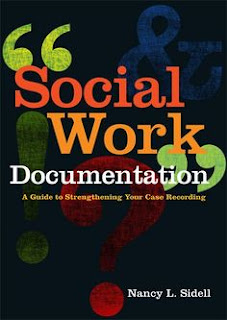Relation of Social work with Sociology
Relationship between Sociology & Social Work Aashish Dahal, Nava Kshitiz College, Bardibas Sociology & Social Work are the two disciplines concerned with social problems, social structure and how individuals respond to and live within cultural and structural limitations. If we look closer to both the terms, both of them deal with the relationship between Theory & Practice. Theory and practice are often mutually exclusive. If one deals with theory, it might be interpreted as one cannot at the same time work practically. On the other hand, when we act in practical work, the theoretical background is often overlooked. Hence; how do Theory & Practice interplay within the disciplines of Social Work and sociology? Let’s See!!! Photo source: www.google.com Social work is a profession concerned with the aim to solve personal, family, community problems to attain satisfying personal, group and common relationships through social work practice. Sociology is ...




Comments
Post a Comment